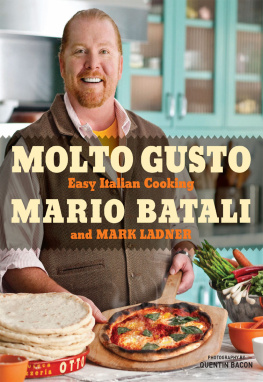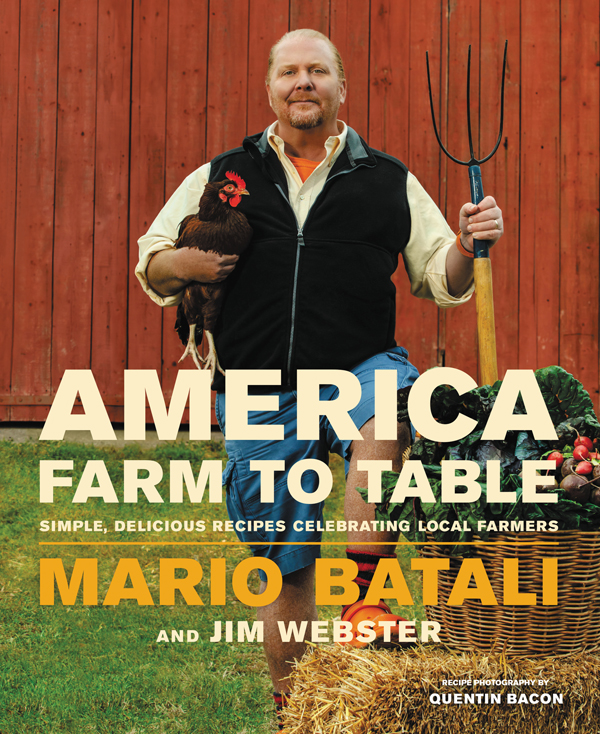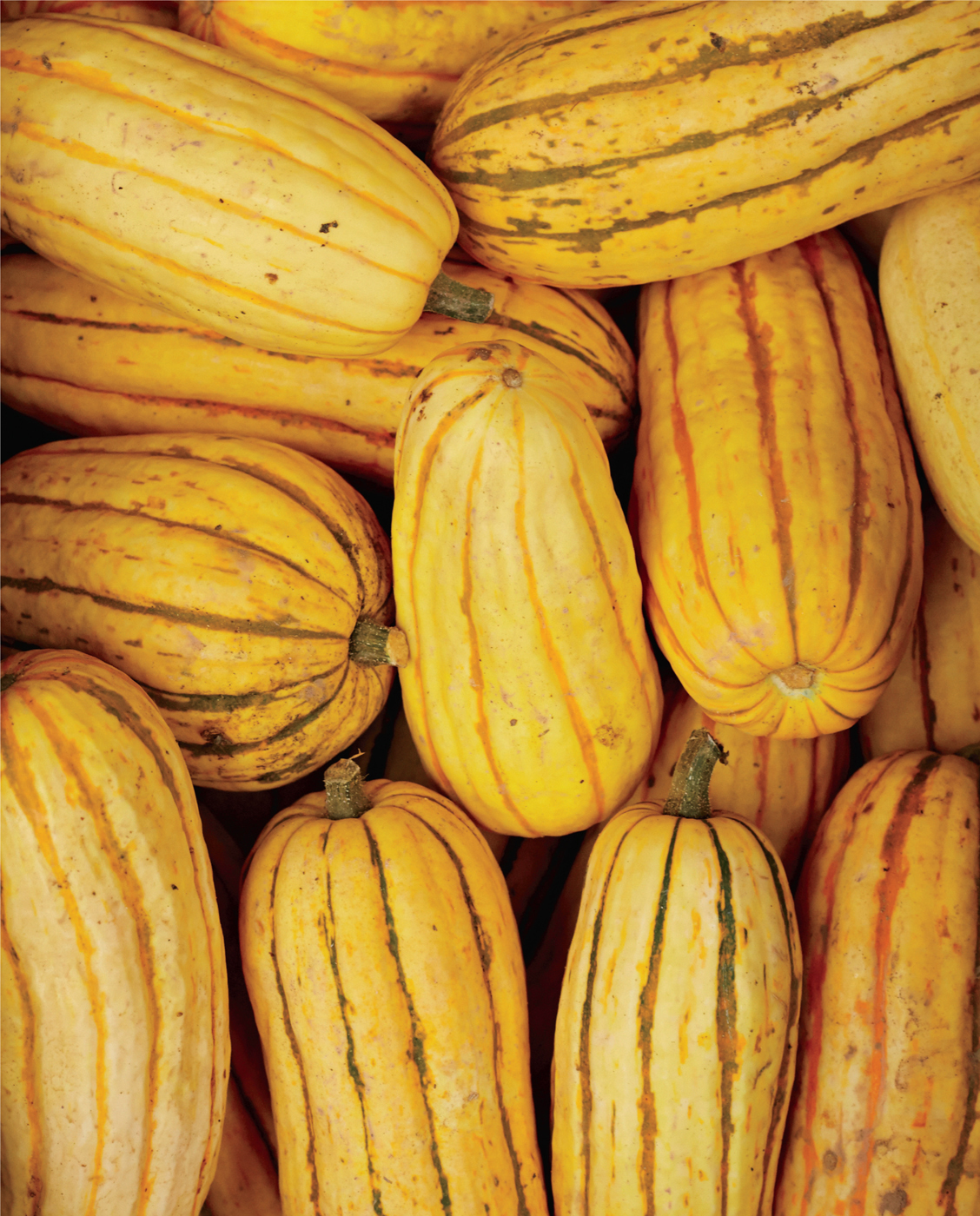In the last decade, the concept of farm-to-table has become an obsession in the media, in restaurants, in foodie magazines, and in television programming.
Although slogans are among my least favorite ways to communicate, I believe that the fundamental truth of supporting local small farming may in fact be a panacea for many of our twenty-first-century problems in both nutrition and regional economic development. But it is also crucial in our hedonistic search for the delicious and the delightful in cooking at home.
I grew up in Washington state in the sixties and seventies, when rural small farms supported and were supported by small communities on both sides of the Cascades. Before it was considered special or sacred, and long before the Food Network and Iron Chef, and even before Alice Waters and Jeremiah Tower, families in our community went shopping in the lower valley farmers marketsright there on the actual farms in the lower valley itselffor vegetables and fruits to pickle, preserve, marinate, can, jar, turn into pies and jams, and just plain eatcooked or rawin simple tribute to true seasonality and the magnificence of inexpensive freshness. It was not considered a luxury to drive an hour or two to get six cases of tomatoes, fragrant with the sticky-sweet, piney, acrid, dusty, chalky, sharp, sensational, geranium high on margaritas scent of the tomato vines I associate with the ecstasy of childhood. In our family, it was simply what we did.
Since the mid-1960s, the United States obsession with processed foods has increased from just a hobby or a special-occasion treat to a daily first choice for many of our meals, which in itself can explain a lot about our decline in national health. Type 2 diabetes diagnoses have quickly ascended to alarming and potentially catastrophic numbers, putting an even higher priority on the dietary habits and health of children. The reduction of actual dietary fiber in processing leaves all of us capable of consuming much more food than we need, and the lack of plant-based fiber is most certainly a major culprit in heart disease and diabetes.
Not all of the decline in vigor and health is based on where we live or what we eat, but certainly nutrition is a big part of our health problems and, to me, seems the area easiest to improve upon. What yields the most delicious, healthful results is, in fact, the simplest: cooking at home.
In the last twenty years or so, professional cooks and chefs have ascended the social ladder from the outcasts and bottom rung-ers wearing grungy T-shirts and dirty aprons catching a smoke by the alley Dumpster to a near rock-star status. This phenomenon is due in part to the increased realization of the importance of food as fuel for health, but also in part to the entertainment component of watching chefs on TV and the pleasure of going out to a restaurant for dinner. It used to be that a group of friends would head to the game and get a bite, or go to the theater and catch a bite after. In short, the bite part, in my mom and dads time, was usually perceived as an adjunct to the main event. In the 1980s, chefs emerged from the back of the house and became entertainers themselves, and have remained on center stage ever since. I believe this change is related to the fact that the meal in itselfthe traditions, the provocation, the innovation, and the executionhave now become as appreciated as a fine performance on a theatrical stage, or even an excellent game on a sporting field. Chefs became the rock stars, the lead players, or the quarterbacks of the increasingly significant nightly performances onstage at great restaurants around the world.
Cooking shows have thrived and given rise to hundreds of offshoots and derivatives. And, although I am not a big fan of competition reality programming, excellent cooking advice and lifestyle shows are constantly upping the ante, introducing the next food-porn star. Many home cooks in the country live vicariously through such food television, and may never intend to replicate the Iron Chef dishes at home. But there is also a huge contingent of viewers, fans, and followers intent on improving their own cooking at home, wanting to create restaurant-style food in their own kitchens. They buy sous-vide technology, immerse themselves in cookbooks by renowned and justly celebrated technicians such as Thomas Keller and Grant Achatz, and lust for every delicious tip, whispering each trade secret conspiratorially, sotto voce, in anticipation of cracking the code to create the perfect dish. The good news is that the specialty equipment we use in our professional kitchens can now be purchased by consumers on the open market. The bad news is that we have incredible human resources in our talented chefs and cooks in numbers that the home kitchen could never support.












